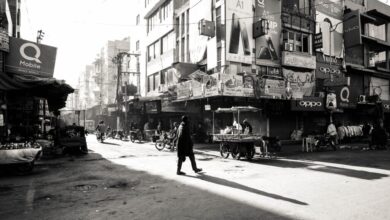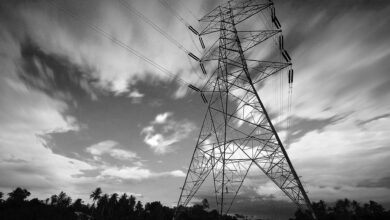The policy rate was top of mind for most in Pakistan last week, as the State Bank of Pakistan chose to leave benchmark interest rates unchanged at 7%. However, Macro Pakistani had other rates on its mind: the difference in access to mobile and internet access between genders in Pakistan.
Pakistan is ranked last in gender gap for mobile and internet access as per the Inclusive Internet Index 2020. 85% of men vs. 27% of women have access to mobile phones while 34% of men and 10% of women have access to the internet. Internet access in today’s world plays a significant role in economic development. COVID-19 pandemic has highlighted further why access to the internet is important – both for work and study. Pakistan desperately needs to create a more accessible, equitable digital landscape to ensure prosperity for its growing population.
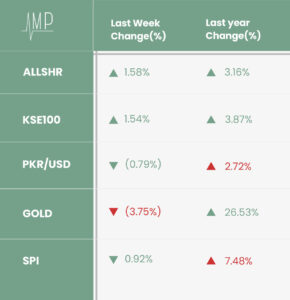
With most global economies making a comeback, the international price of Gold fell to its lowest level in 4 months, $240 below its August high. Gold price in Pakistan has fallen by 17% since August this year, from their high of PKR 130,000/tola to PKR 107,800/tola as of yesterday. Stocks are making a comeback on the back of stronger than expected recovery in the country as the exchange rate also fell below PKR 160/USD again. Policy rates remaining unchanged was good news for the market as the low rates, along with concessionary finance by State Bank of Pakistan, are promoting industrial expansion in the country.
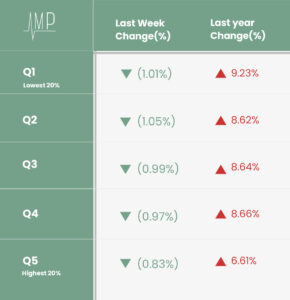 The policy rate was maintained at its current 7% level despite inflationary pressures as inflation for this year was expected to fall within the target of 7-9%. This week, the Sensitive Price Index recorded an annual increase of 7.48%, with all the other quintiles recording increases between 7-9%, except the lowest 20% of income earners. On a weekly basis, inflation reversed last week’s trend and started falling again. A fall in key commodity prices, Tomatoes (10.26%), Onions (8.48%) and Chicken (8.28%) helped slow down weekly food inflation. While price increases as compared to last year, Potatoes (69.19%), Chicken (45.14%) and Sugar (30.92%), are still proving to be a burden for the country’s most vulnerable, weekly price drops are encouraging. Continue to check our dedicated page for more details!
The policy rate was maintained at its current 7% level despite inflationary pressures as inflation for this year was expected to fall within the target of 7-9%. This week, the Sensitive Price Index recorded an annual increase of 7.48%, with all the other quintiles recording increases between 7-9%, except the lowest 20% of income earners. On a weekly basis, inflation reversed last week’s trend and started falling again. A fall in key commodity prices, Tomatoes (10.26%), Onions (8.48%) and Chicken (8.28%) helped slow down weekly food inflation. While price increases as compared to last year, Potatoes (69.19%), Chicken (45.14%) and Sugar (30.92%), are still proving to be a burden for the country’s most vulnerable, weekly price drops are encouraging. Continue to check our dedicated page for more details!
What needs to be prioritized to reduce Digital Divide in Pakistan?

By Muhammad Uzair Akram
Even before COVID-19, Pakistan’s lack of digital infrastructure had been highlighted as part of the Global Competitiveness Index in 2019. The country ranked 131 out of 141 countries in ICT adoption, behind most of its peer countries. With all this talk of Digital Pakistan, it is important to take stock of what is required to make that vision come true. According to the newest edition to Macro Pakistani’s contributing team, Uzair Akram, we need higher internet access. The internet is the most important input, without which nothing “Digital” can exist.
Read more
Global Competitiveness Index 4.0 2019 edition (rank out of 141)
Pakistan lags behind regional peers in Information Technology adoption
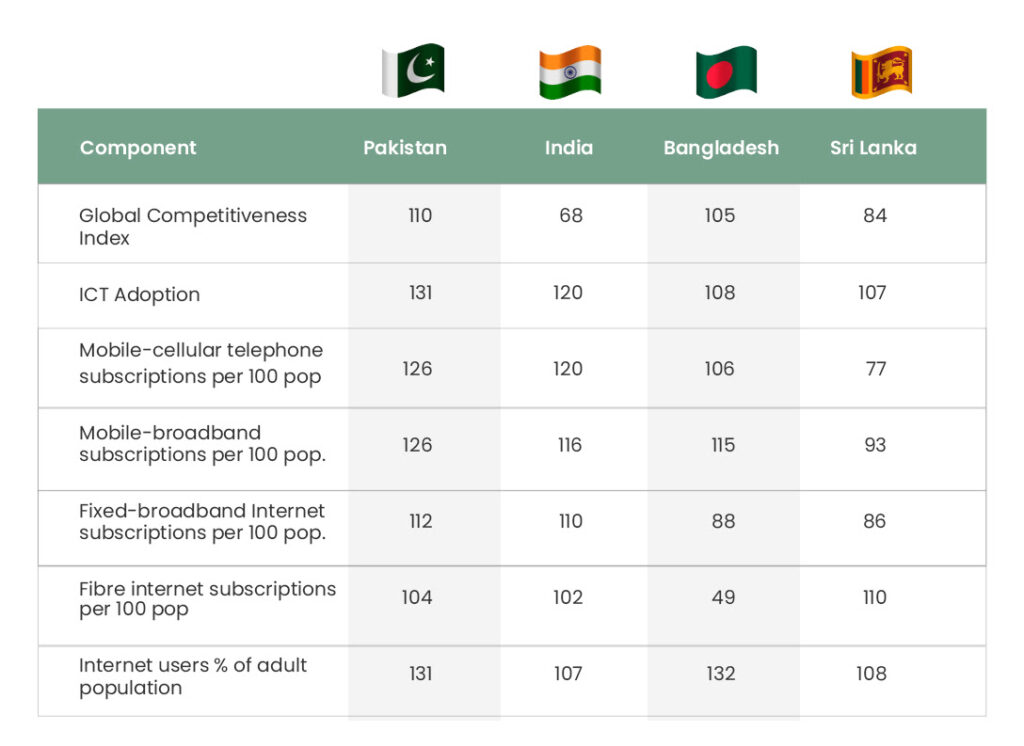 Source: Global Competitiveness Report 2019, World Economic Forum
Source: Global Competitiveness Report 2019, World Economic Forum
Existing internet penetration is concentrated in specific areas of the country. The federal capital, for example, accounts for 25% of twitter users in the country, more than the combined users of Baluchistan and Khyber Pakhtunkhwa. Karachi’s Gulshan Iqbal alone has higher e-commerce transactions than the entire city of Quetta. Outside the big cities in Punjab and Sindh, there is little or no internet coverage. According to the country’s minister for telecommunications, 35% of the country lacks the much-needed internet infrastructure. This includes connections to optical fiber and lack of telecommunications towers. Province wise breakdown shows that nearly 60% of Baluchistan is not covered by the internet.
Existing 4G Coverage in Pakistan
Nearly 60% of Baluchistan does not have internet coverage
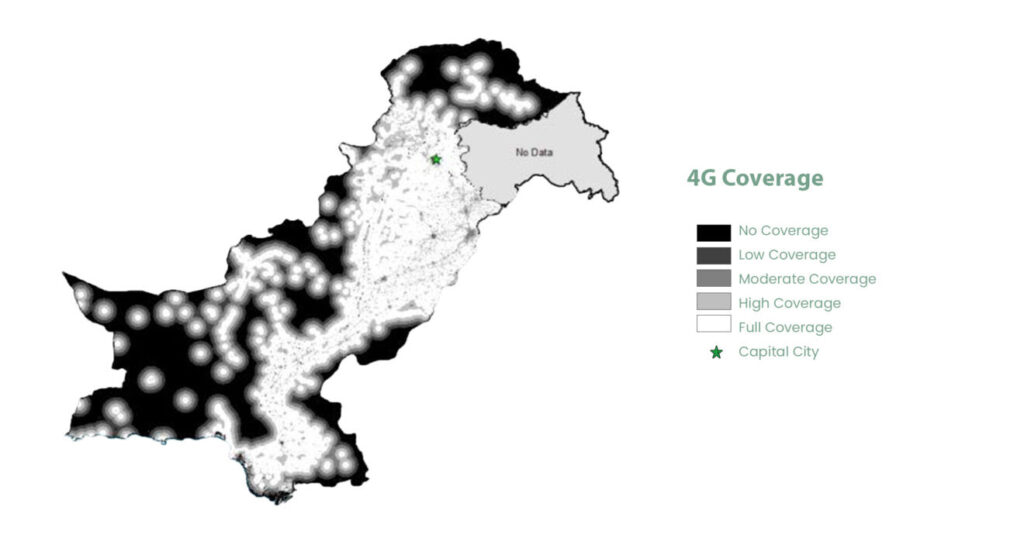 Source: The Fletcher School, Tufts University
Source: The Fletcher School, Tufts University
At The Fletcher School of Law and Diplomacy, Tufts University, Uzair combined data on Pakistan’s population density, existing 4G coverage, elevation and road network data to come up with a suitability map. This was designed to aid the state and telecommunication firms to identify areas suitable to build new 4G towers. The below map shows the output of that exercise. Notice how several areas in Baluchistan are green and dark green, showing high and very high suitability for provision of IT infrastructure. Read the full article if you want to understand what exactly is required to bridge the Digital Divide in Pakistan.
Areas suitable to build new 4G towers in Pakistan
Large parts of Balochistan are highly suitable for IT infrastructure
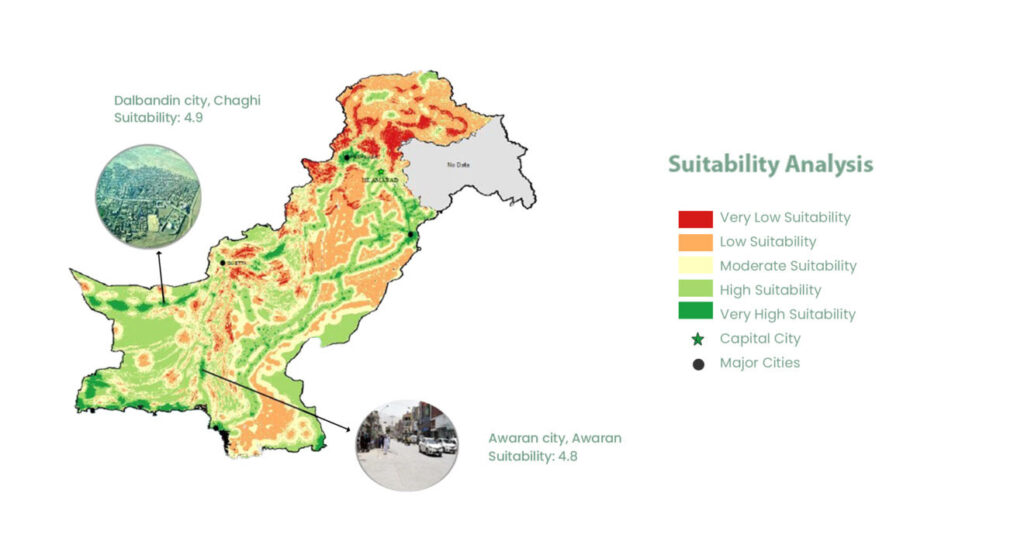 Source: The Fletcher School, Tufts University
Source: The Fletcher School, Tufts University
What Else We’re Reading (Local)
- Consumer confidence in Pakistan has shown an upward trajectory for the 3rd quarter in a row which shows that the pandemic’s impact is slowly tapering off (Profit)
- As one of the countries most vulnerable to climate change, Pakistan needs to prioritize drastic energy generation and consumption choices (Dawn)
- SBP providing interest rate subsidies standing at 6% to boost industrial expansion as opposed to unproductive consumption subsidies in the past (Business Recorder)
- PM Khan tells World Economic Forum that the government is committed to removing all impediments in the way of foreign investments in Pakistan (Profit)
What Else We’re Reading (International)
- Angry farmers in India clash with police to protest new laws that they fear will reduce their earnings and give more power to corporations (Washington Post)
- By 2030, there could be 121 women in poverty for every 100 poor men globally, with the worst affected being young women between the ages of 25 to 34 (Wall Street)
- Vaccine hopes and a weak dollar sets off rush for emerging market assets with EM equity funds attracting over $14 billion in the last two weeks (Financial Times)



